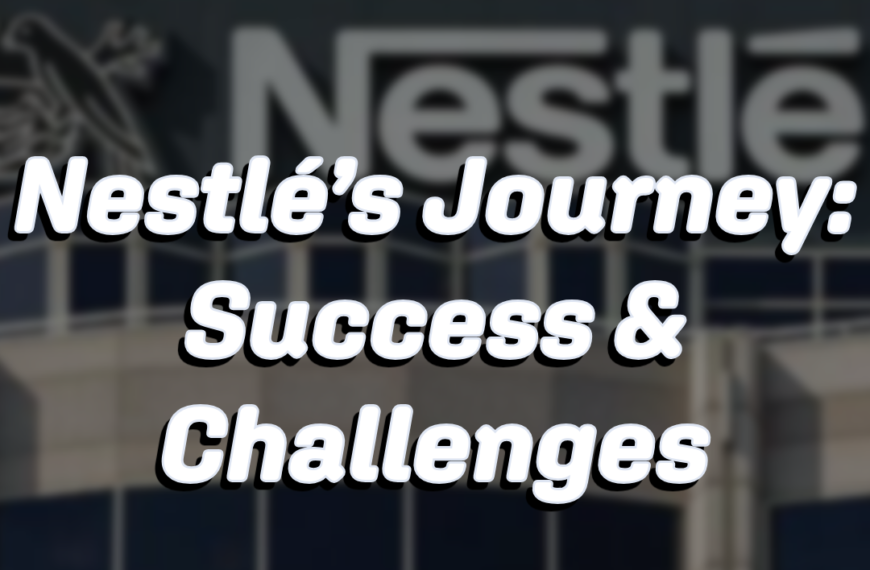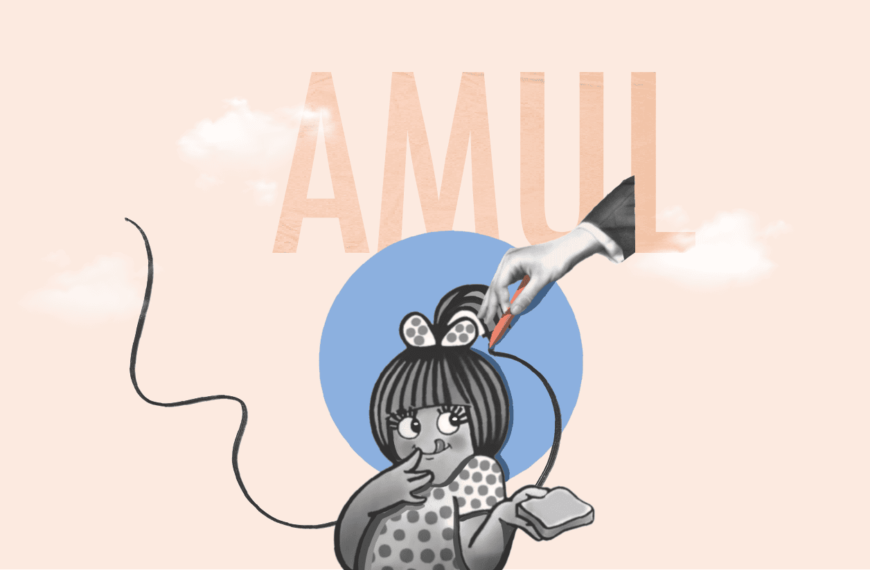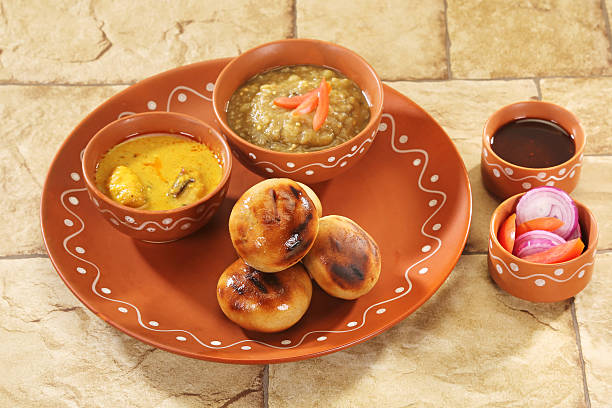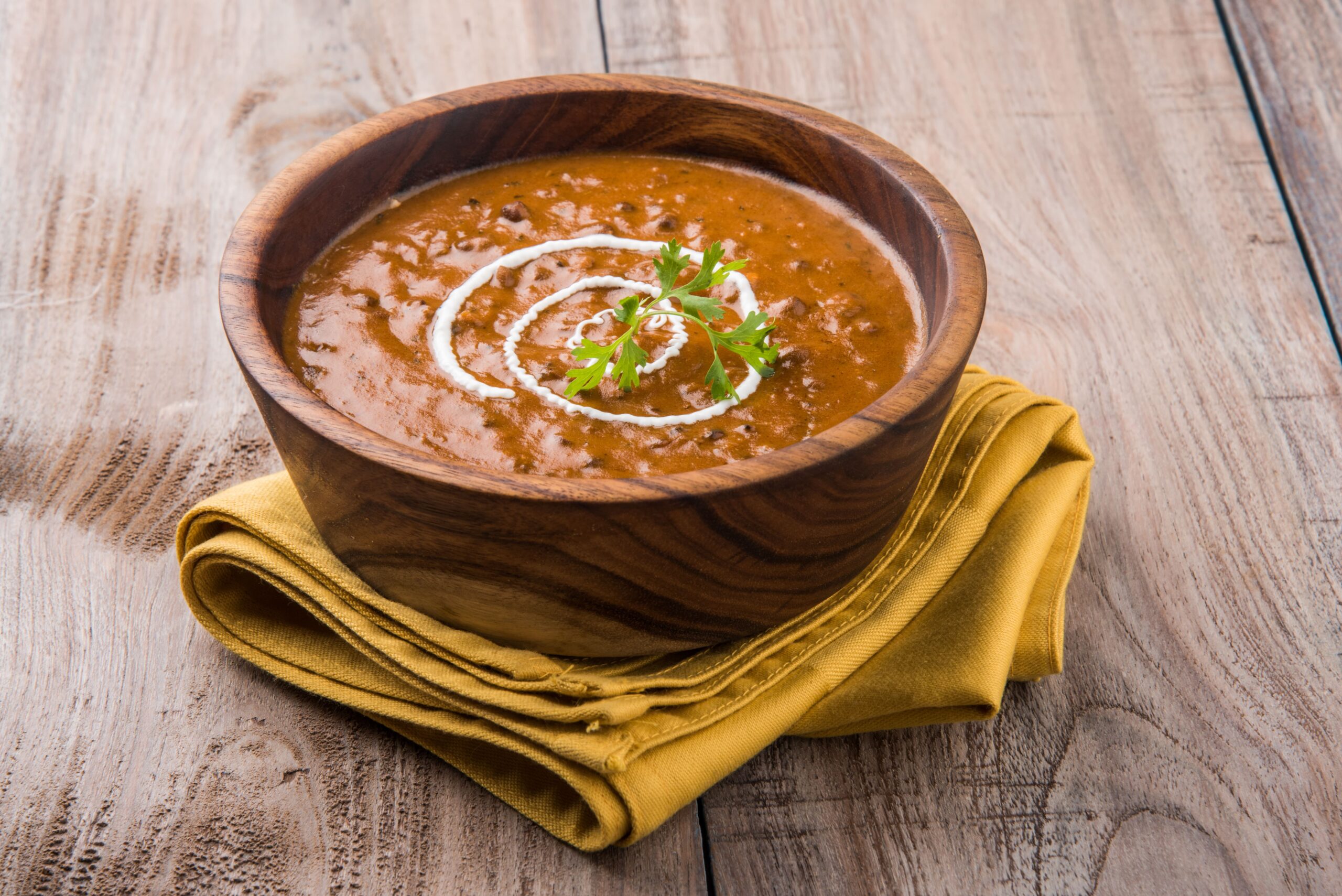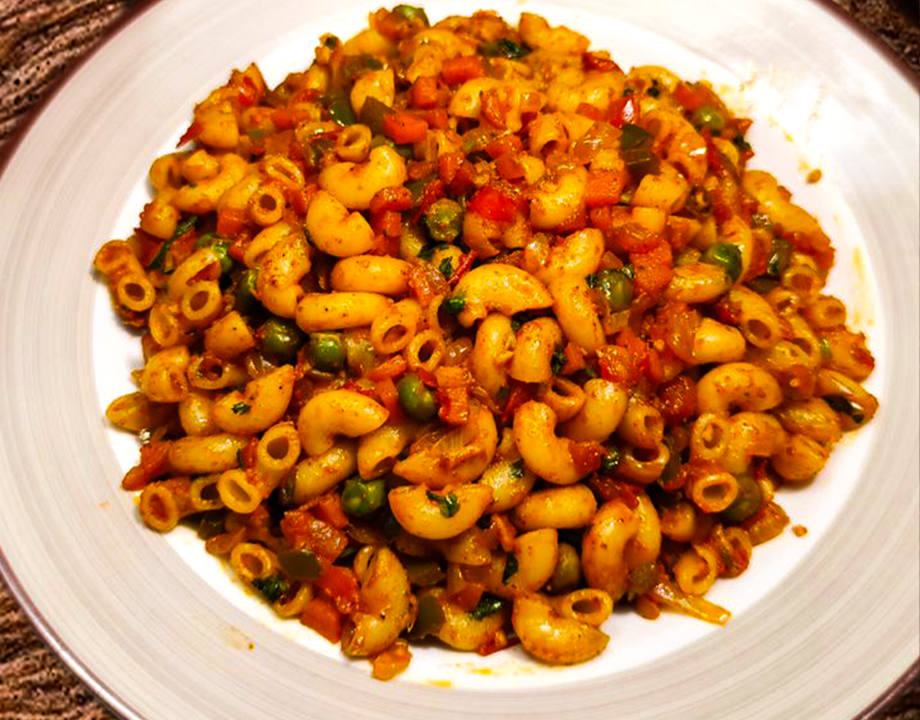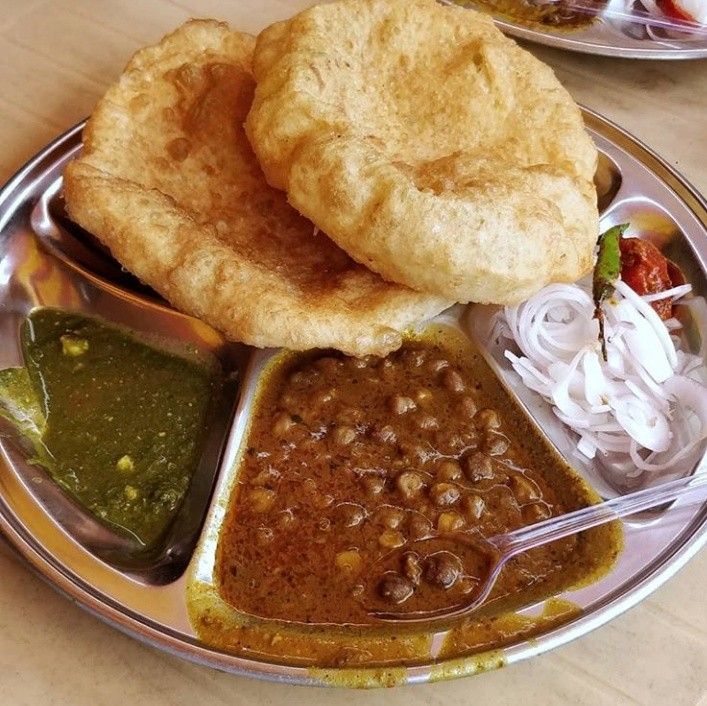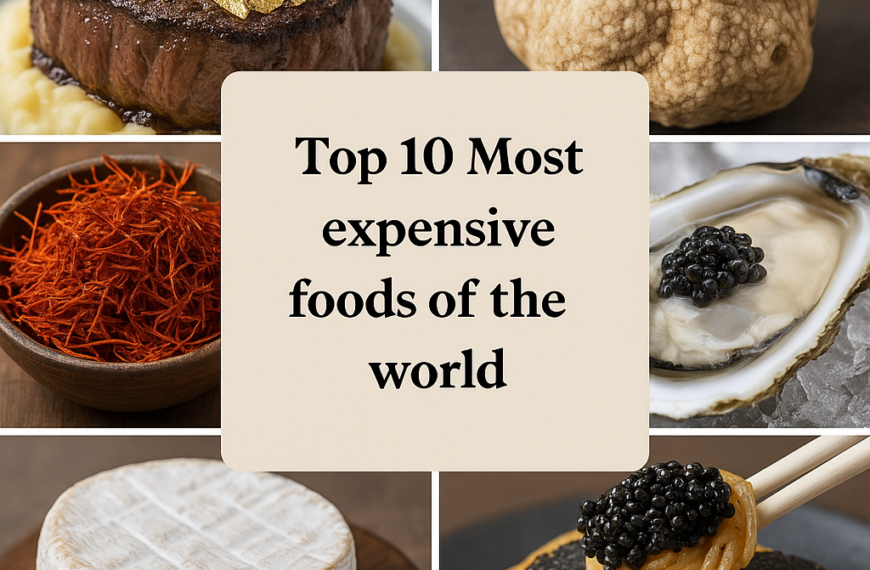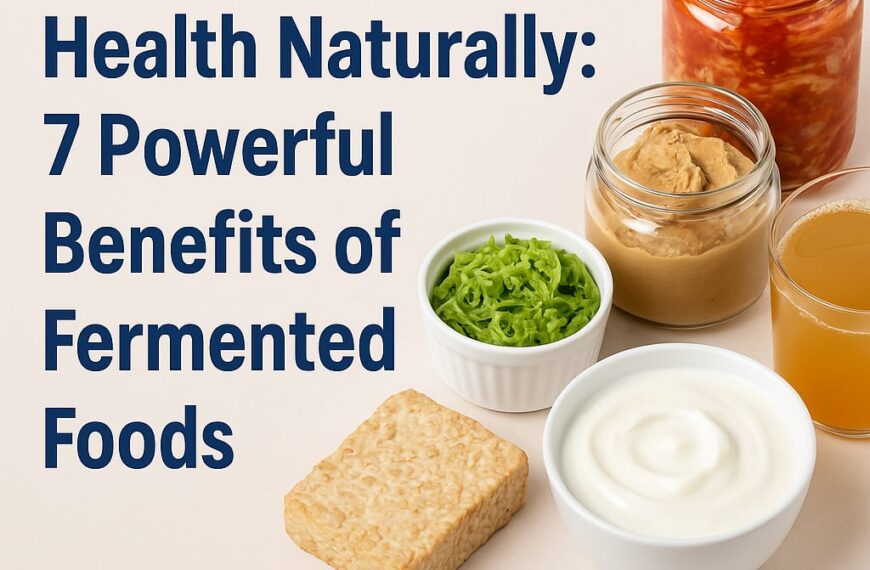In This Article
Few snacks in American history have achieved the iconic status of the Oreo. With its perfectly paired chocolate wafers and creamy filling, it is more than just a cookie; it is a cultural phenomenon beloved across generations. This seemingly simple treat, born in 1912, has grown into an enduring symbol of nostalgia, creativity, and indulgence.
Originally crafted by the National Biscuit Company (now Nabisco), the Oreo was introduced as a high-quality biscuit aimed at the growing popularity of sweet snacks in the early 20th century. Its initial design featured a wreath pattern and the now-famous Oreo name engraved in delicate script. Over the years, it has evolved in both form and flavor, with countless variations—from double-stuffed fillings to seasonal delights like pumpkin spice and mint.
But the cookie is more than just a snack. Its presence in pop culture, from commercials to movies, has solidified its status as a cultural icon. It has inspired recipes, from milkshakes to cheesecakes, and spurred countless debates about the “correct” way to eat it—dunking, twisting, or savoring whole.
Over a century later, the Oreo remains America’s favorite cookie, a testament to its timeless appeal and the joy it brings to snack lovers worldwide.
The Birth of an Icon
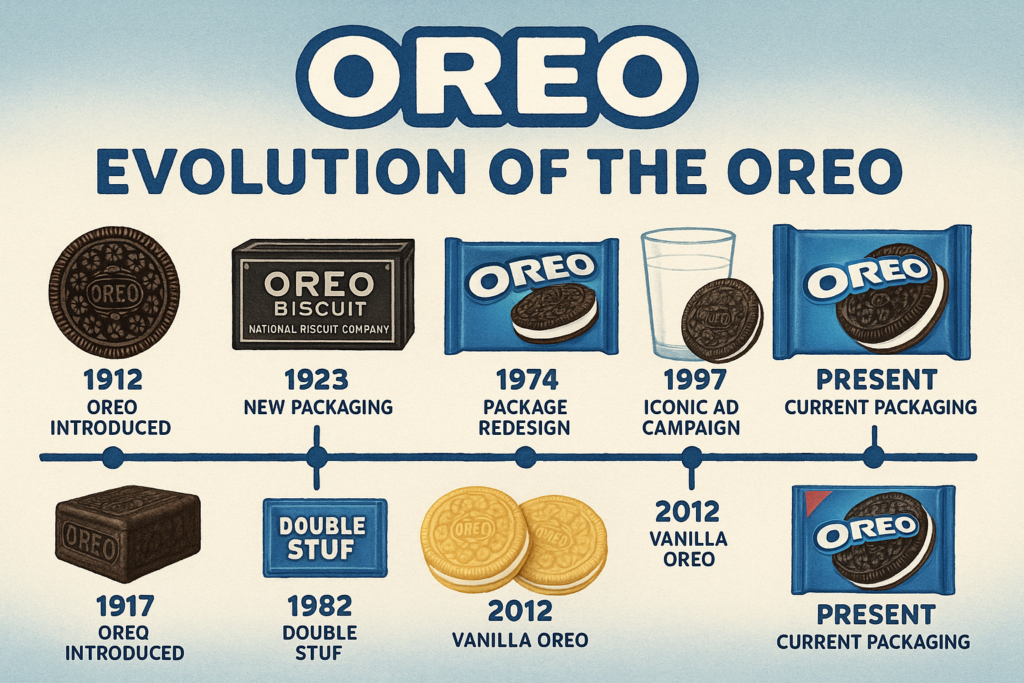
The Oreo cookie, a treat synonymous with indulgence and nostalgia, was introduced by the National Biscuit Company (Nabisco) in 1912. This marked the beginning of a legacy that would turn it into one of the most beloved cookies worldwide. Designed to compete with other cream-filled biscuits of the era, it was initially marketed as a “luxury biscuit” and aimed at an audience seeking high-quality confections.
This cookie brand made its debut in New York City, where it was sold in novelty cans at 25 cents per pound. This price reflected its premium status, setting it apart from other cookies of the time. Interestingly, when it first hit the market, it wasn’t just available in the now-iconic cream flavor. Nabisco offered two options: lemon meringue and cream. While the lemon meringue flavor garnered some attention, it was the cream variant that quickly stole the show, capturing the hearts of consumers with its perfectly balanced sweetness and versatility. The overwhelming preference for the cream flavor led Nabisco to discontinue the lemon meringue option, cementing the Oreo as the quintessential version of the cookie.
What set the Oreo apart from its competitors was its innovative design and branding. The cookie’s chocolate wafers featured an intricate wreath-like pattern, reflecting attention to detail and a sense of sophistication. The engraved “OREO” name in the center added a touch of elegance, ensuring the cookie was as visually appealing as it was delicious. This distinctive design not only made it stand out but also helped establish it as a recognizable and premium product.
The marketing strategies employed by Nabisco played a significant role in the Oreo’s early success. From the start, the company positioned the cookie as a versatile treat that could be enjoyed on various occasions, whether paired with milk for children or served as a refined dessert for adults. This broad appeal allowed it to quickly gain popularity, transcending age and socioeconomic boundaries.
While the cookie’s beginnings were humble, its trajectory was anything but ordinary. The discontinuation of the lemon meringue flavor marked a turning point, allowing Nabisco to focus on refining and expanding the cream-filled version. This decision laid the groundwork for what would become an evolving legacy, with new flavors and variations introduced over the decades.
Today, the Oreo is more than just a cookie; it is a symbol of comfort, innovation, and enduring appeal. Its origins in 1912 mark the start of a journey that transformed a simple biscuit into a cultural icon celebrated across the globe.
The Secret of Success
Several factors contributed to its rise to fame:
- Timeless Design: The intricate floral pattern embossed on each chocolate wafer, introduced in 1924, gave the Oreo its instantly recognizable look. This design added a sense of elegance and uniqueness that stood out from other cookies on the market. Over the years, this timeless aesthetic has become a symbol of quality and nostalgia, resonating across generations.
- Innovative Marketing: Nabisco has consistently demonstrated marketing brilliance, from its early advertisements that positioned the Oreo as a premium treat to modern campaigns that embrace digital media. The “Twist, Lick, Dunk” slogan is not just a catchphrase; it has become a cherished ritual for families and individuals alike. Collaborations with major franchises and limited-edition releases further amplify the cookie’s appeal, keeping it in the public eye.
- Versatility: The Oreo’s flexibility has played a significant role in its enduring success. Beyond being a snack, it has become a key ingredient in countless recipes. Oreo milkshakes, cheesecakes, and dessert bars have turned the cookie into a culinary staple. The introduction of product variations like Double Stuf, Thins, and flavored Oreos has ensured that there is something for every palate, expanding its reach to diverse audiences.
- Cultural Relevance: The Oreo has consistently adapted to the changing landscape of American culture. Its presence in films, TV shows, and viral challenges has cemented its role as more than just a cookie—it is a cultural touchstone. Partnerships with influencers and its active engagement on social media platforms ensure that it remains relevant to younger generations.
- Consumer Connection: Perhaps the most crucial factor is the strong emotional connection it has fostered with consumers. The Oreo has become synonymous with comfort, joy, and shared moments. Its enduring popularity reflects its ability to tap into the collective consciousness, becoming a part of daily life and celebrations alike.
A Global Sensation
While its roots lie in America, the iconic cookie’s influence extends across the globe, reaching over 100 countries. This widespread success can be attributed to its ability to adapt to regional preferences, offering unique flavors tailored to local tastes. For example, in Asia, green tea versions are highly popular, reflecting the region’s love for matcha-based products. In Latin America, dulce de leche variants cater to local palates, while tiramisu options resonate with dessert lovers in Italy. Seasonal and limited-edition flavors also capture worldwide attention, ensuring that the brand stays fresh and exciting for consumers everywhere.
In addition to localized flavors, Nabisco has employed region-specific marketing strategies to ensure its product resonates with diverse cultures. By sponsoring popular events and collaborating with local influencers, the brand integrates itself seamlessly into the cultural fabric of each market. Campaigns are tailored to regional holidays and traditions, further enhancing the emotional connection with consumers.
Another key factor behind the global appeal is the consistency in quality and familiarity. Regardless of where it’s purchased, customers can rely on the product’s iconic taste and design. This reliability fosters trust and loyalty among its international fanbase. Its simple yet elegant structure—two chocolate wafers with a creamy filling—transcends cultural and linguistic barriers, making it universally recognizable.
The product’s international popularity is further evidenced by its massive social media presence, where fans from different countries share creative ways to enjoy it. Whether dipped in tea in India, crumbled over gelato in Italy, or used as a topping for ice cream sundaes in the United States, its versatility knows no borders. In Japan, it’s featured in desserts like parfaits and cakes in cafes, while in Latin America, it’s a common ingredient in festive treats.
Adaptability and creativity extend to its role in pop culture, where global advertising campaigns emphasize its universal appeal. These campaigns often showcase families and friends coming together over a shared love for the treat, highlighting the emotional resonance it carries. The ability to connect with people worldwide while maintaining its distinct identity has made this beloved snack not just an American favorite but a true global icon.
The Science Behind the Twist
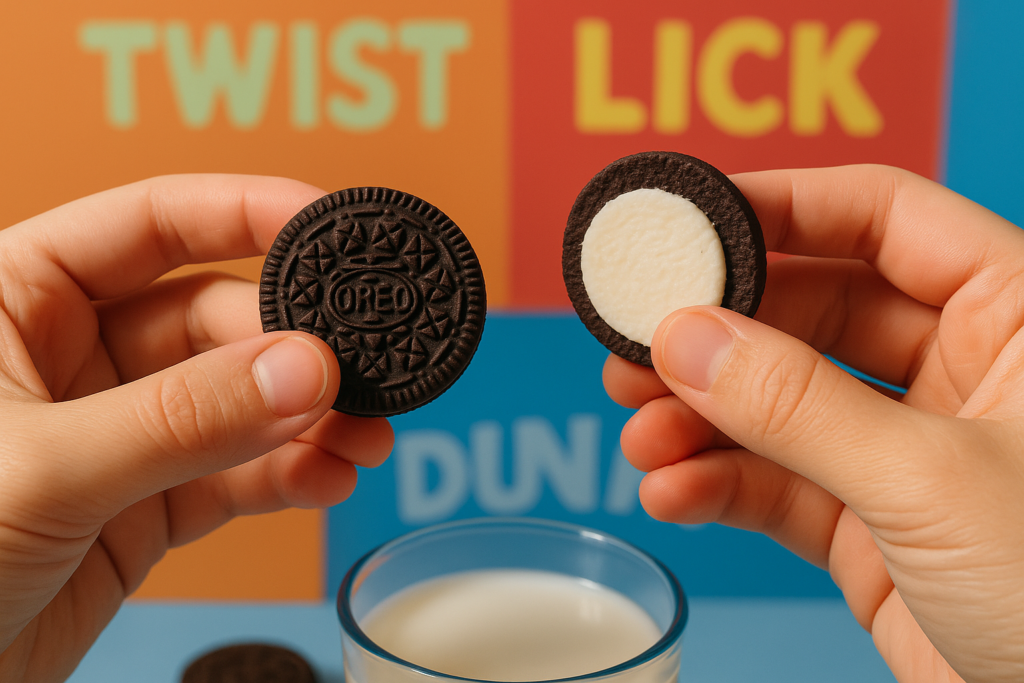
Part of the Oreo’s charm lies in its interactive nature. The act of twisting the cookie apart is not only a ritual for many but also a subject of scientific curiosity. Researchers and enthusiasts have studied the physics behind the perfect Oreo twist, focusing on elements like torque, cream adhesion, and wafer texture. According to studies, achieving a clean separation depends on the angle and force applied during the twist, with most of the cream adhering to one side due to the manufacturing process.
Beyond the mechanics, the Oreo twist has sparked debates and experiments among fans. Why does the cream always seem to stick to one wafer? Is there a way to ensure equal distribution? These questions have driven playful exploration, making the cookie more than just a snack—it’s a tactile experience that engages both the mind and the hands.
The interactive nature of the Oreo has contributed significantly to its popularity. It offers consumers a moment of engagement and personalization, as each individual develops their own preferred way to eat the cookie. Whether it’s twisting, dunking in milk, or eating it whole, the Oreo caters to diverse habits and rituals. This versatility fosters a unique emotional connection, turning a simple snack into a cherished activity.
The Oreo’s design also plays a role in its tactile appeal. The precise embossing on the chocolate wafers adds texture and grip, enhancing the twisting experience. Meanwhile, the creamy filling provides a contrasting smoothness, making the act of separating the cookie as satisfying as eating it.
In essence, the science behind the twist isn’t just about physics; it’s about the joy of discovery and the fun of experimentation. This interactive quality has made the Oreo an enduring favorite, proving that the experience of eating can be just as enjoyable as the flavor itself. Part of the Oreo’s charm lies in its interactive nature. Studies have even explored the physics of twisting the cookie apart. From finding the perfect twist angle to debates about cream distribution, the Oreo offers a unique tactile experience that adds to its allure.
Celebrating Milestones
In 2012, Oreo marked a significant milestone—its 100th anniversary—with a global celebration that captured the essence of the brand’s enduring appeal. To commemorate a century of snacking joy, Nabisco launched an extensive campaign that highlighted Oreo’s ability to evolve while maintaining the timeless charm that first captured consumers’ hearts in 1912.
The anniversary campaign was a true spectacle, incorporating limited-edition flavors, special packaging, and interactive digital content to engage Oreo fans across the globe. One of the most exciting aspects of the campaign was the introduction of new, unique Oreo flavors, including “Birthday Cake” and “Triple Double,” which delighted loyal fans and attracted new ones. These innovative variations not only showcased the brand’s creativity but also paid homage to its original concept—two chocolate wafers with a creamy filling—while giving them a modern twist.
Alongside the new flavors, Oreo embraced the digital age with interactive content, allowing fans to participate in the celebrations through social media and digital platforms. One of the highlights was the #OreoWonderfilled campaign, which encouraged fans to share their personal stories and moments of joy inspired by the cookie. The brand also released special-edition packaging, including a commemorative Oreo cookie that featured a “Happy 100th” engraving on the wafer.
The 100th anniversary was a testament to Oreo’s ability to remain relevant in an ever-changing market while honoring its rich history. By blending nostalgia with modernity, Oreo celebrated its legacy in a way that resonated with both longtime fans and a new generation of cookie lovers, ensuring that its place in snack history would continue for years to come.
Fun Facts About Oreo
- Over 500 billion Oreos have been sold worldwide since its creation in 1912, making it the best-selling cookie in the world.
- The “Twist, Lick, Dunk” ritual became an official slogan in 2004, encouraging fans to interact with the cookie in a fun and playful way.
- The Double Stuf Oreo, introduced in 1974, contains approximately twice the cream filling of the original, making it a fan favorite for those who love extra filling.
- Oreo has been available in over 100 countries worldwide, adapting flavors and marketing to different cultures and tastes.
- The Oreo cookie is manufactured in multiple facilities around the world, with each one making millions of cookies every day.
- Oreo holds the title for the most popular cookie brand on social media, with millions of followers across platforms like Instagram, Twitter, and Facebook.
- The classic Oreo cookie has remained unchanged in design for over 100 years, with only slight adjustments made to packaging and flavor varieties.
- In 2018, Oreo introduced a “Most Stuf” cookie, featuring the most cream filling ever offered in an Oreo, surpassing even the Double Stuf.
These fun facts reflect Oreo’s incredible journey from its humble beginnings to becoming a beloved global snack.
The Future of Oreo
As Nabisco continues to innovate, the Oreo’s future looks brighter than ever. With a rich legacy spanning over a century, the brand remains committed to evolving while staying true to its iconic roots. From introducing bold new flavors to experimenting with creative packaging and high-profile collaborations, Oreo has consistently demonstrated its ability to adapt to changing consumer preferences.
One of the hallmarks of Oreo’s success is its willingness to embrace the unexpected. Seasonal and limited-edition flavors, such as red velvet, birthday cake, and even wasabi, have captured the imagination of fans worldwide. These innovations not only keep the brand fresh but also generate excitement and buzz among loyalists and newcomers alike. In addition to flavors, Oreo’s collaborations with major brands and franchises, such as Lady Gaga, Pokémon, and even Supreme, have expanded its cultural reach, solidifying its position as a pop-culture icon.
Beyond flavors and branding, Oreo is also focusing on sustainability and inclusivity. Recent initiatives to use recyclable packaging and reduce the brand’s environmental footprint reflect Nabisco’s commitment to a greener future. Moreover, Oreo has embraced its role as a global brand by tailoring flavors and campaigns to resonate with diverse markets, ensuring its universal appeal.
Technology and digital engagement are also playing an increasingly significant role in Oreo’s future. Social media campaigns, interactive experiences, and even augmented reality packaging have allowed the brand to connect with its audience in innovative ways, fostering deeper engagement and loyalty.
As Nabisco continues to innovate while respecting the timeless charm of its signature cookie, Oreo’s legacy remains secure. Its ability to balance tradition with modernity ensures it will not only maintain its status as America’s favorite cookie but also continue to captivate snack enthusiasts around the world for generations to come.
Final Thoughts
The Oreo cookie’s journey from a humble New York City debut to becoming a global icon is a testament to the power of innovation, timeless appeal, and cultural relevance. Over the past century, Oreo has not only maintained its signature flavor but also evolved with changing tastes, marketing trends, and global palates. Its ability to adapt to local flavors, while staying true to its core identity, has made it a beloved treat worldwide.
From its “Twist, Lick, Dunk” ritual to its presence in pop culture, the Oreo has transcended being just a cookie—it’s a symbol of shared moments, joy, and nostalgia. Whether enjoyed as a simple snack or incorporated into creative desserts, the Oreo’s versatility continues to captivate new generations.
Looking ahead, the Oreo’s legacy is secure. Its continued success hinges on its ability to innovate, while remaining deeply connected to its heritage. With each new flavor and partnership, Oreo remains a fixture in homes, stores, and pop culture, ensuring that it will be America’s favorite cookie—and a global delight—for years to come.



